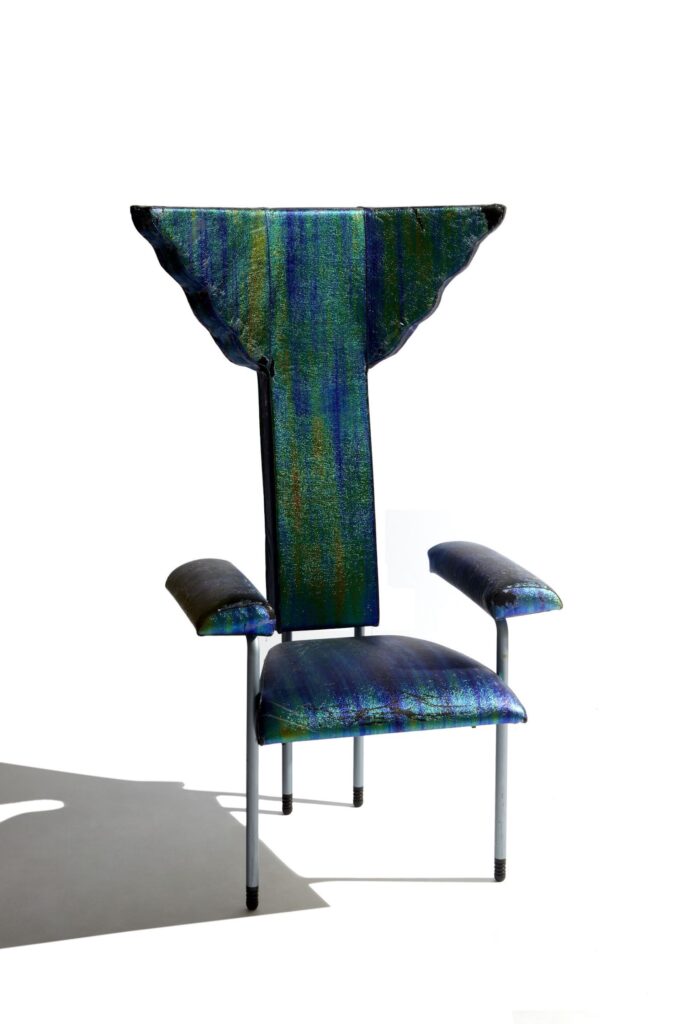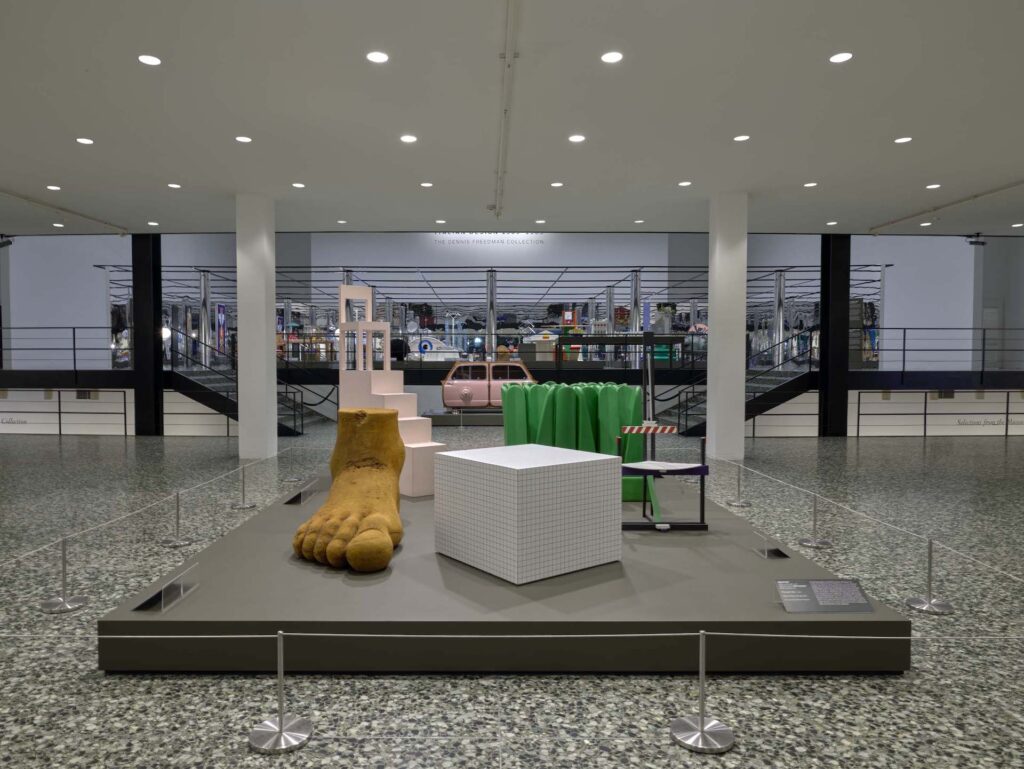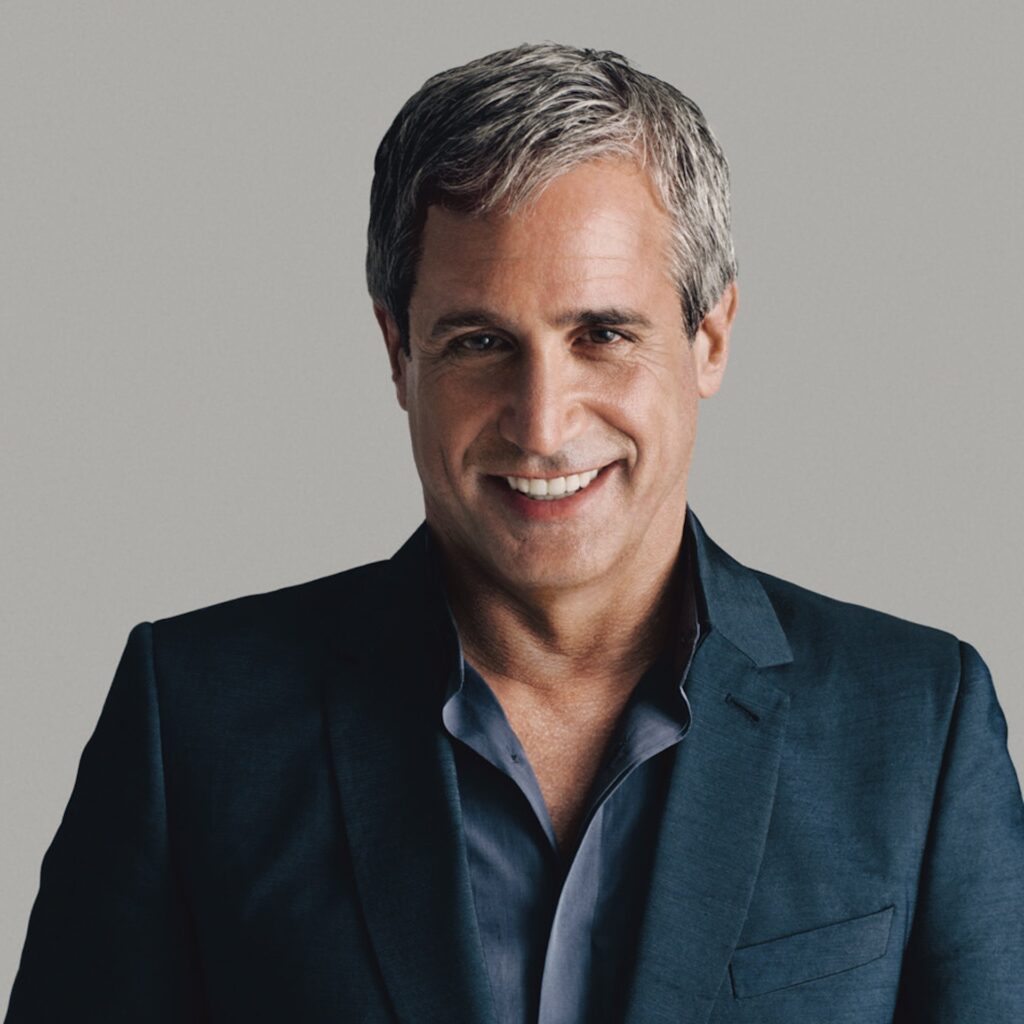
“Dennis Freedman’s radical design collection mirrors his own idealism—the idealism of someone who grew up during the very same era of upheaval and reinvention that produced these works. His formative memories of the pivotal moments in art, music, fashion, and performance from the late 1960s and early 1970s informed his appreciation for design that disrupts the status quo. With the tenacity of an archaeologist and the eye of a curator, he has gathered documents, prototypes, and finished works by designers who proposed a better, more equitable future.”
Jennifer Olshin, Partner and Founding Director of Friedman Benda
Dennis Freedman epitomizes the critical role played by serious collectors as excavators and preservationists of the objects that best encapsulate human creativity. He has surfaced the ignored and discovered the overlooked, becoming an influential figure who demonstrates the life-enhancing power of living with great design. For the final session of this season’s Collecting Design: The Legends program, Freedman offered a brilliant, charismatic talk that focused on his journey to the heights of connoisseurship—which is all the more impressive given the modest budget he had at his disposal.
Since buying his first piece in a 1998 Christie’s East auction, Freedman has allowed design collecting to completely transform his life. That first piece was Capitello, an enormous sculptural seat composed of polyurethane foam and shaped like a fragment of an ancient Ionic column. Designed in the 1970s by Studio 65—a Turin-based avant-garde collective—and produced by experimental Italian brand Gufram, this icon of iconoclasm embodies the Italian Radical Design movement of its era. For Freedman, Capitello became the first seed of a now renowned collection, even if he didn’t know it back then.
Freedman is an expert in fashion and style. As the founding Creative Director of W Magazine, he has traveled the globe and mingled with elite influencers while collaborating with some of the world’s most sought-after fashion photographers. But none of that prepared him for Italian Radical Design—or the Anti-Design movement as it is also called. After years of intensive self-education, however, he became a true connoisseur of design from 1960s-70s Italy, developing the most confident taste, which allowed him to make daring, personal, passion-led choices.
It just goes to show, only when you think outside of the box—“only when you turn left while everyone else turns right,” in Freedman words—can you develop an unparalleled, world renowned collection. Today, he collects like a curator, and his meticulous collection has expanded to include pieces dating from the 17th century through to the present. Mixing high and low—“mixing the unmixable,” he said—is what makes a home interesting, captivating, and elevated.
Italian Radical Design is not an easy area of collecting. Forget comfortable chairs, chic lamps, and minimalist decor. It is much more challenging than that. Imagine a five-foot-long foam foot by Gaetano Pesce, a brightly colored chair on wheels by Gae Aulenti, objects that don’t look like anything you have seen before. The Italians active in the Radical decades prioritized intellect and subversion over straightforward utility.
A lot has been written in recent years about the movement, which put Italy on the map as the international leader in design experimentation. Because it was so different from the design that came before, it is also often referred to as Critical Design. The naive functionalism of early postwar Modernism was heartily rejected in favor of design languages that teemed with revolutionary social and political messages—coinciding with and responding to paradigm shifting historical events like the Cultural Revolution in China, the Vietnam War, the multinational student riots in 1968, the murder of Martin Luther King Jr., equal rights protests, and more. Designers around Italy took up the critical mantle of the day and used their practices to foment change, whether as individuals, collectives, or even anonymously.
Freedman’s collection of Italian Radical Design was recently the subject of an exhibition at the Museum of Fine Arts Houston, entitled Radical: Italian Design 1965–1985, The Dennis Freedman Collection, curated by Cindi Strauss, Sara and Bill Morgan Curator of Decorative Arts, Craft, and Design. “Dennis’s willingness to search worldwide for the rarest examples by widely appreciated as well as lesser-known architects and designers of the period,” she told me, “has resulted in an exceptional body of objects that bring the narrative of Radical Design alive. The objects challenge and delight us, demonstrate how social issues from the past remain relevant today, and offer lessons in problem solving and materiality.”
It is the stories behind the objects that made Freedman’s talk so fascinating. He told us about a buffet designed by Fabio De Sanctis and Ugo Sterpini in 1964, which the two crafted out of walnut and the doors of a pink Fiat 600. He spotlighted Urano Palma’s sculptural wood furniture, which he implanted with worms to eat away at the surface. Each one of the pieces in his immense collection has its own narrative, and together they weave a tale of an entire generation of design masters.
Freeman can be credited with drawing attention to this important historical movement, while also advising a few lucky collectors to make the right choices, to shop in the right places, and to pay the right prices. We share the philosophy that education is crucial to any collector. Education, he said, is what underpins his own expertise, his taste, and ultimately his ability to identify greatness. This article was published today in Forum Magazine of Design Miami.





